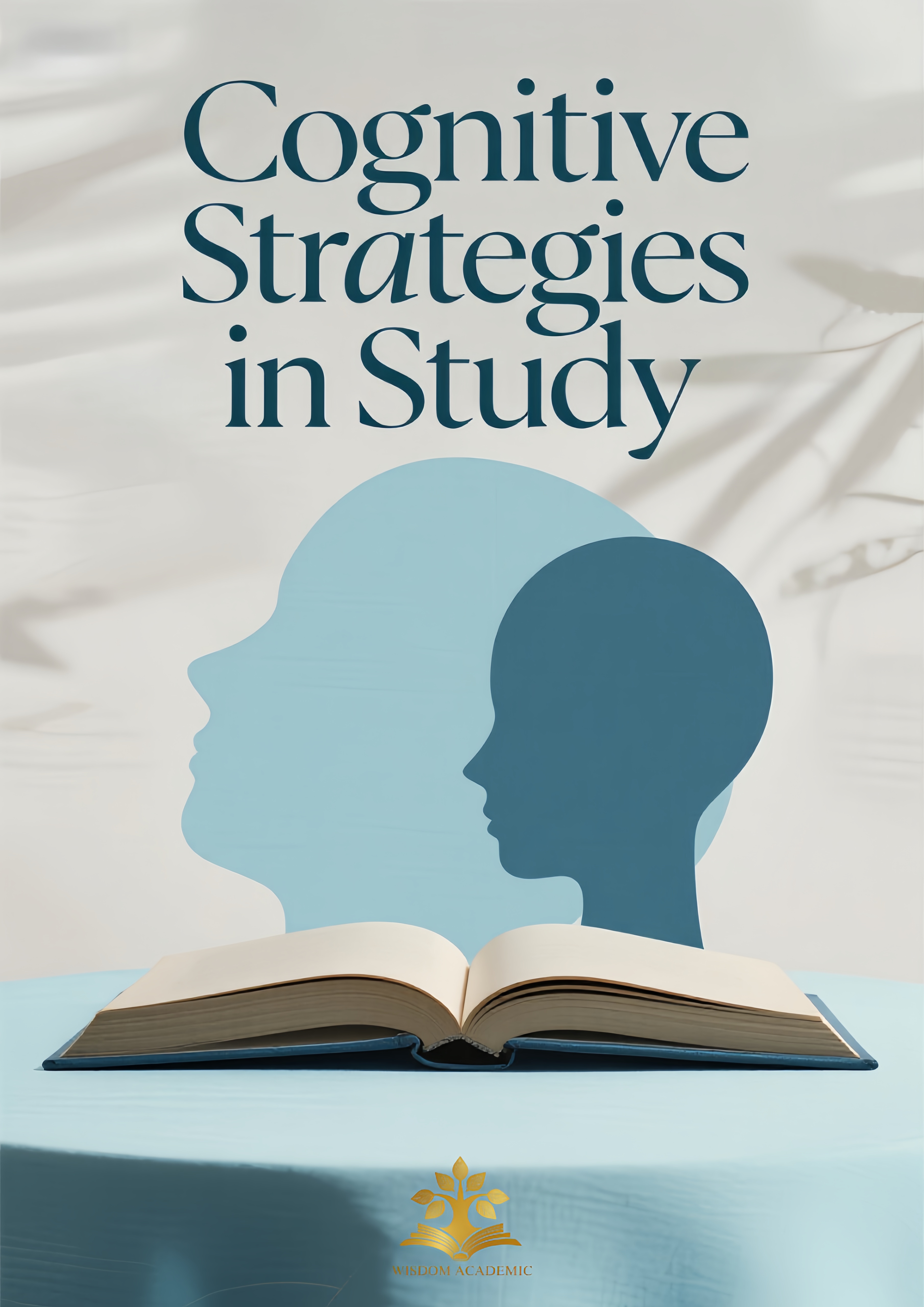Abstract
This study aims to reveal the impact of intercultural communication strategies on English-speaking anxiety among Chinese college students. The relevant data were collected through a quantitative research design, with a structured questionnaire presented to 120 students. According to an analysis conducted using ANOVA and correlation methods, these intercultural interventions (i.e. role playing and online exchanges) can significantly reduce the level of language anxiety while enhance the confidence and willingness of students in terms of communication. Besides, ANOVA results indicate statistically significant difference between the control and experimental groups (p = 0.003), along with a strong negative correlation between anxiety and confidence. This is consistent with the viewpoint in literature that structured intercultural interactions improve the outcome of language learning. It is concluded in this study that the intercultural interventions incorporated into English language programs can reduce anxiety and promote the development of communicative competence. Future research should focus on extending this to the long-term influence on people from various linguistic and cultural backgrounds.
References
[1] Baker, W. (2016). Culture and identity through English as a lingua franca. De Gruyter Mouton.
[2] Bryman, A. (2016). Social research methods (5th ed.). Oxford University Press.
[3] Byram, M. (1997). Teaching and assessing intercultural communicative competence. Multilingual Matters.
[4] Byram, M. (2021). Teaching and assessing intercultural communicative competence (Rev. ed.). Multilingual Matters.
[5] Chen, G. M., & Starosta, W. J. (2000). Foundations of intercultural communication. Allyn & Bacon.
[6] Chen, X., & Yang, Y. (2021). Examining the impact of cultural immersion programs on language anxiety. Journal of Language and Intercultural Communication, 21(3), 245–262.
[7] Creswell, J. W. (2014). Research design: Qualitative, quantitative, and mixed methods approaches (4th ed.). SAGE Publications.
[8] Crystal, D. (2019). English as a global language (3rd ed.). Cambridge University Press.
[9] Deardorff, D. K. (2006). Identification and assessment of intercultural competence as a student outcome of internationalization. Journal of Studies in International Education, 10(3), 241–266.
[10] Dewaele, J. M., & Al-Saraj, T. M. (2015). Foreign language anxiety: Theoretical and conceptual considerations. In T. M. Al-Saraj (Ed.), New insights into language anxiety (pp. 23–45). Multilingual Matters.
[11] Dewaele, J. M., & MacIntyre, P. D. (2022). Foreign language enjoyment and anxiety. Studies in Second Language Learning and Teaching, 12(1), 21–42.
[12] Dörnyei, Z. (1997). Psychological processes in cooperative language learning: Group dynamics and motivation. The Modern Language Journal, 81(4), 482–493.
[13] Dörnyei, Z., & Al-Hoorie, A. H. (2022). Motivation and second language acquisition. Routledge.
[14] Field, A. (2013). Discovering statistics using IBM SPSS statistics (4th ed.). SAGE Publications.
[15] Gregersen, T., & MacIntyre, P. D. (2020). Optimizing language learners’ nonverbal communication in the classroom. Multilingual Matters.
[16] Horwitz, E. K. (2016). Reflections on foreign language anxiety. The Modern Language Journal, 100(4), 832–843.
[17] Horwitz, E. K., Horwitz, M. B., & Cope, J. A. (1986). Foreign language classroom anxiety. The Modern Language Journal, 70(2), 125–132.
[18] Jackson, J. (2014). Introducing language and intercultural communication. Routledge.
[19] Kim, Y. Y. (2012). Intercultural communication competence. In K. B. Jensen (Ed.), The international encyclopedia of communication (Vol. 6, pp. 255–268). Wiley-Blackwell.
[20] MacIntyre, P. D. (2007). Willingness to communicate in the second language. Applied Linguistics, 28(3), 545–577.
[21] MacIntyre, P. D. (2021). Anxiety and second language acquisition. Annual Review of Applied Linguistics, 41, 111–128.
[22] MacIntyre, P. D., & Gardner, R. C. (1994). The subtle effects of language anxiety on cognitive processing in the second language. Language Learning, 44(2), 283–305.
[23] Mackey, A., & Gass, S. M. (2021). Second language research: Methodology and design (2nd ed.). Routledge.
[24] Peng, J. E., & Woodrow, L. (2022). Willingness to communicate and language anxiety. Language Learning Journal, 50(2), 189–204.
[25] Samaranayake, S. W. (2016). The impact of role-play activities on the improvement of English speaking skills. Journal of Language Teaching, 12(3), 45–58.
[26] Zhang, X., & Rahimi, M. (2020). Language anxiety and speaking performance. TESOL Quarterly, 54(3), 533–555.

This work is licensed under a Creative Commons Attribution 4.0 International License.
Copyright (c) 2025 Le Wei

